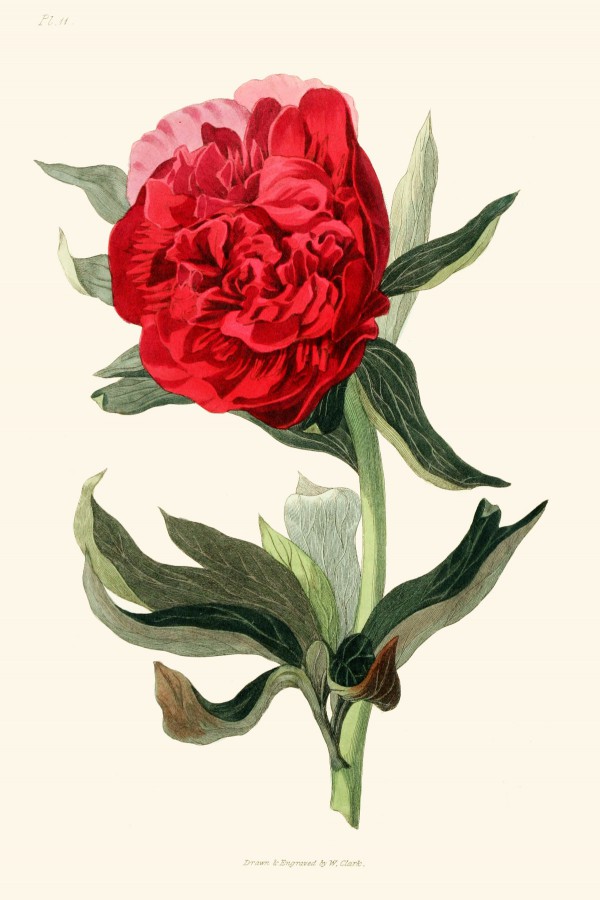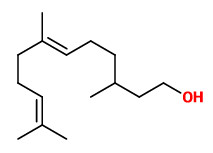Paeonia officinalis L. - syn.Paeonia feminea Mill. - Paeoniaceae
common paeony, European paeony, (Echte) Pfingstrose, Garten-Pfingstrose, Bauern-Pfingstrose, Gichtrose
Perennial herb, up to 70cm tall, nativer to southern Europe, cultivated as ornamental.
In Middle Ages, Peony (as so-called „gout Rose“, dried petals of filled red-blooded garden forms) had a wide range of therapeutic indications. Efficancy in all those indications has not been demonstrated, so peony as a medicinal plant in traditional medicine today is irrelevant.
http://de.wikipedia.org/wiki/Gemeine_Pfingstrose
„Paeonia officinalis flowers have a weak scent, which contains a high quantity of terpenes. From these substances, monoterpenes are in majority, such: β-citronellol (22.24%), and eucalyptol (6.22%) and sesquiterpenes: β-caryophyllene (13.36%), dihydro-trans-farnesole (11.31%) and trans-farnesole (7.41% from the total content of the determined components). There were also quantified high quantities of hydrocarbons (25.70%).“
[Contribution to knowledge the volatile oil from Paeonia officinalis L. flowers., Dulgheru, C., Burzo, I., Lucrări Ştiinţifice-Universitatea de Ştiinţe Agronomice şi Medicină Veterinară Bucureşti. Seria B, Horticultură, Vol.(54), 2010, 639-641]

Paeonia officinalis L. var. rubra, Morris, R., Flora conspicua, t.11 (1826) [W.Clark]
http://www.plantillustrations.org/species.php?id_species=737898
Praeonia officinalis
© Rolf Marschner (2008),
www.botanische-spaziergaenge.at


